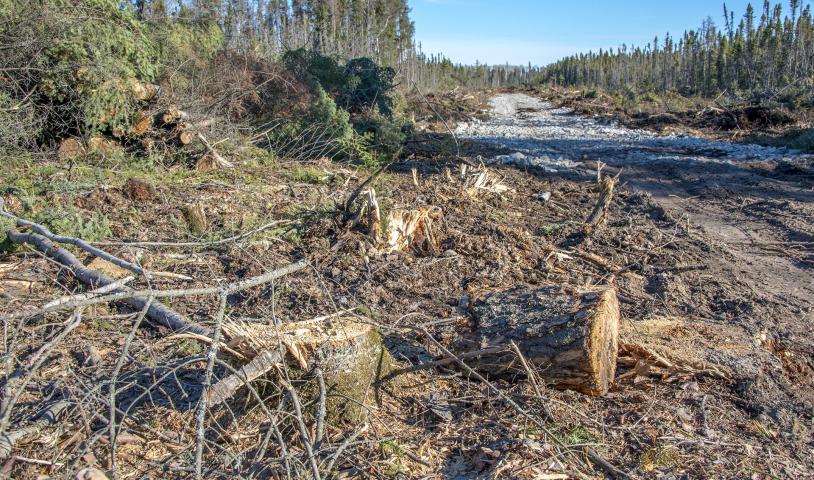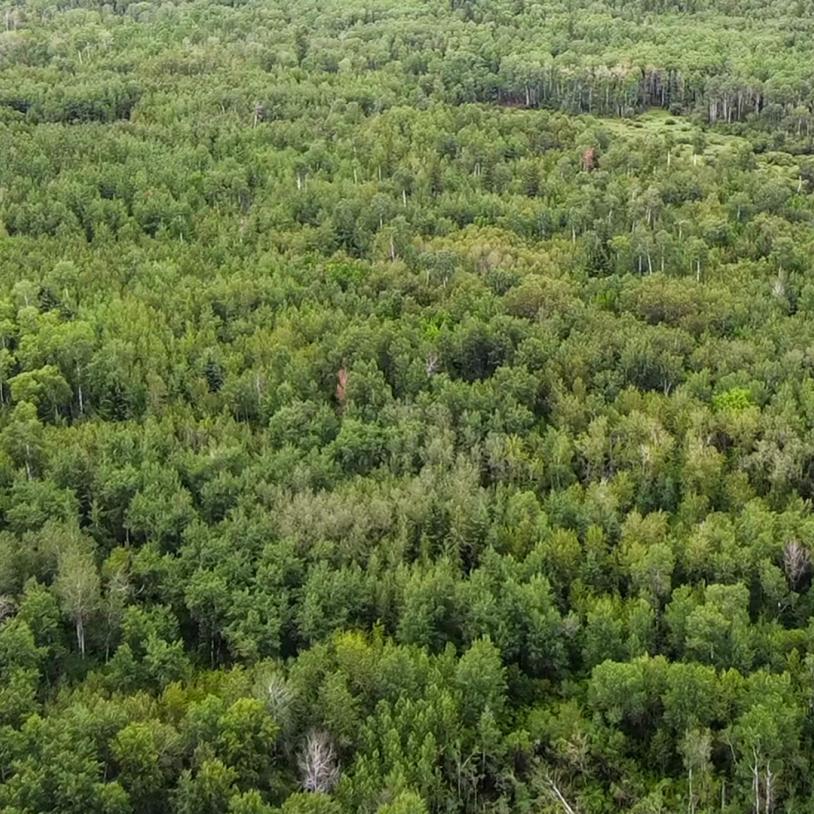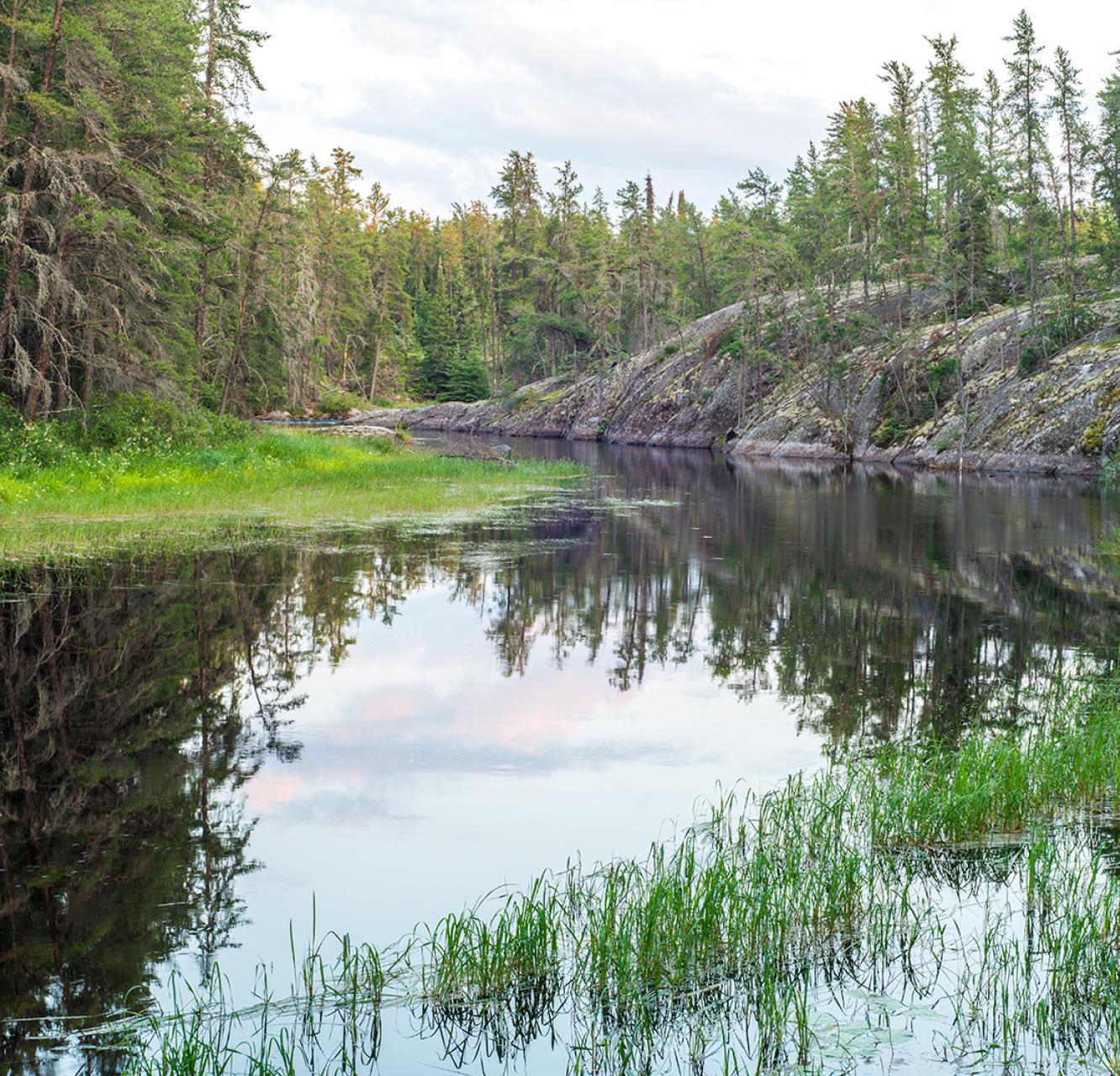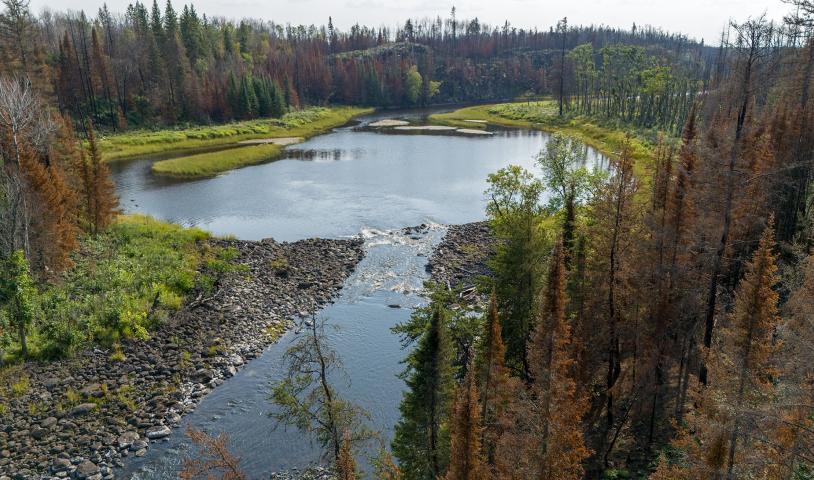Silica Sand Mine Still Risky Despite Being Labeled as Critical Mineral
Wednesday, February 14, 2024
Project in Hollow Water First Nation territory has environmental and health risks, requires more planning
WINNIPEG / TREATY 1 TERRITORY AND HOMELAND OF THE MÉTIS NATION — The Manitoba government gave the go-ahead to Canadian Premium Sand’s controversial silica sand mine in Hollow Water First Nation territory today, despite concerns over unresolved health and environmental risks to the community associated with the project.
“A silica sand mine next to the community of Hollow Water still has the same health risks and environmental problems it did five years ago, only now we’re being sold the project as a critical mineral and clean energy operation,” said Wilderness and Water Campaigner Eric Reder.
Concerned Manitobans including members of Hollow Water First Nation pushed back against this sand extraction project, which was eventually given an environmental licence with close to 100 conditions. The licence for the operation included two local processing plants and more jobs for Hollow Water. Subsequently a local processing plant was scrapped, yet the licence is being allowed to stand despite this major alteration to the project.
A solar glass manufacturing plant that will utilize the sand was given a separate environmental license in 2023, a procedural trick known as two-stage licensing, despite the 2014 Manitoba Law Reform Commission recommendation that two-stage licensing shouldn't be used. Modern environment assessment requires looking at cumulative effects, which two-stage licensing explicitly ignores.
“This industrial project is another case study on how we are doing environment licensing wrong in Manitoba,” said Reder. “It is vitally important the new government modernize and strengthen our antiquated Environment Act from 1988.”
Any industrial operation must come with strong impacts and benefits agreements with Indigenous communities — agreements that include open and transparent reporting of environmental impacts plus resources for independent review of environmental impacts.
“We have concerns about how the company operated in the community originally, and the type of consultation that took place.” said Reder. “And if the community wants this project, we want to ensure the community is also properly protected.”
The promotion of this project comes before the Manitoba government has released a real critical mineral strategy, an actual plan to act on climate in Manitoba, and a concrete path to get to 30 per cent protected area by 2030. Authorization of industrial destruction in nature before those three documents are released and publicly reviewed is problematic.
“Until we have a strong plan to get to 30 per cent protected, a real critical minerals strategy and an actual plan to act on climate in Manitoba, we shouldn’t be authorizing any more nature sacrifice zones,” said Reder.





